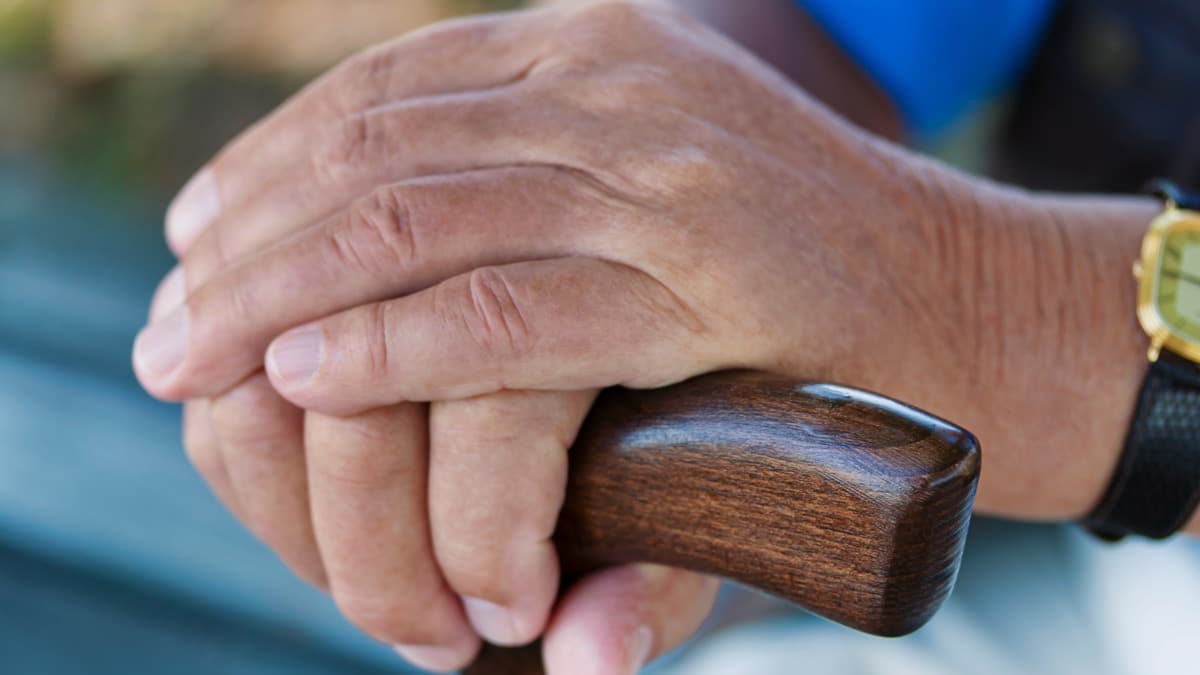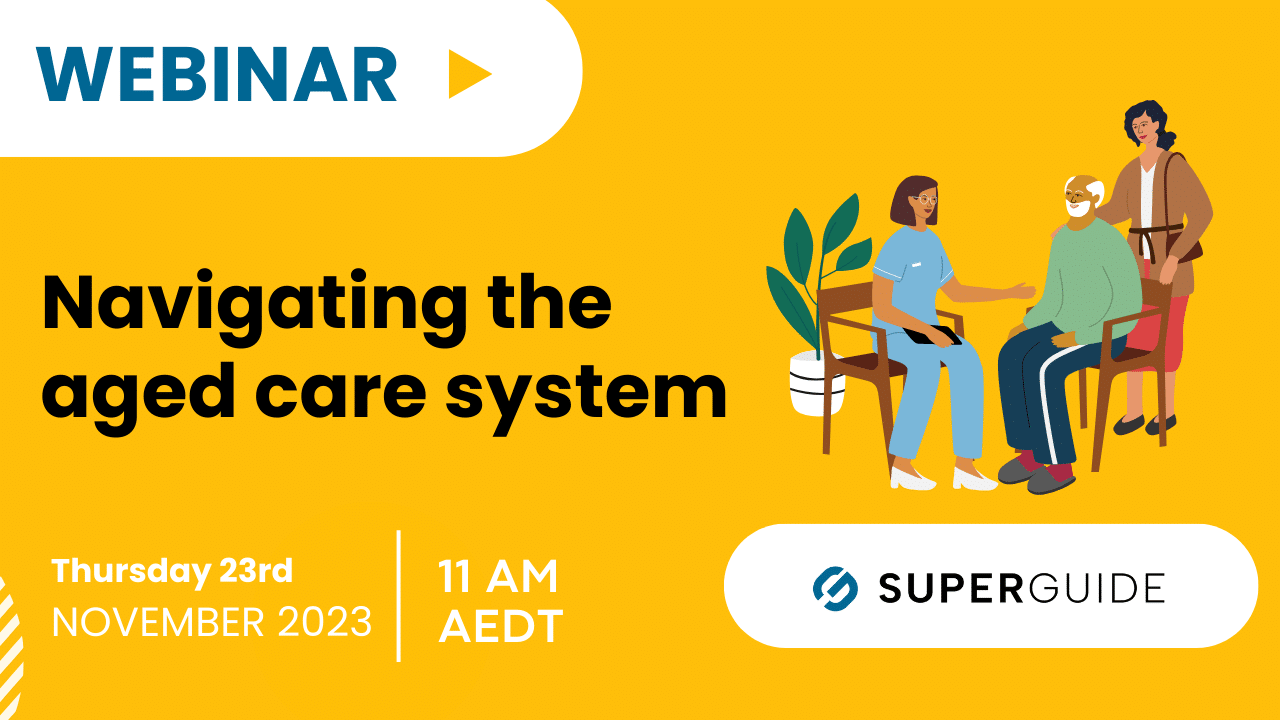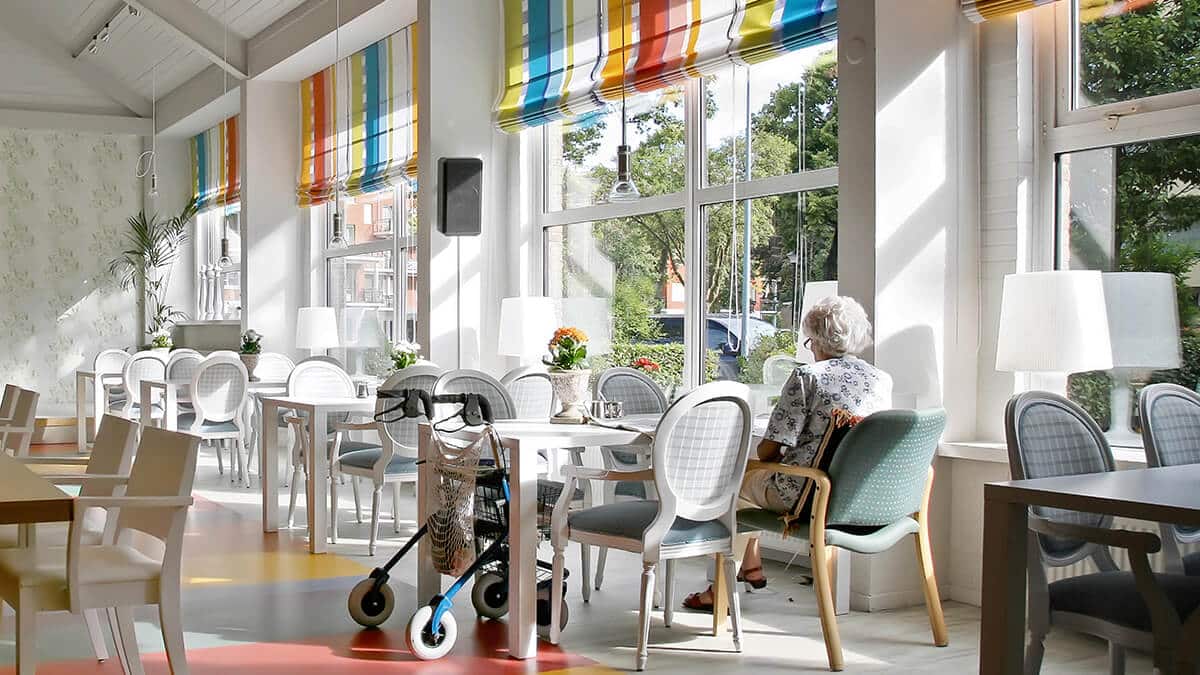In this guide
- Home care packages – what are they?
- Four package levels
- Package budgets
- Package delivery isn’t entirely free
- Funding can take time
- Finding other help
- Private care rates vary
- How do I arrange a Home Care Package?
- Applying for a Home Care Package
- Commonwealth Home Support Program
- Receiving a Home Care Package
- Taking up the package
It’s most people’s preference to age gracefully in their own home and that’s certainly something to aim for.
If it’s just a few basic things you need help with, then family, friends and the local community can often be the first port of call. While getting assistance from your nearest and dearest is the cheapest option, it can’t always be relied on, especially over the long term.
So, what are the alternatives? It could be time to explore government-subsidised in-home care.
Good to know: In-home care reforms
The government is in the process of introducing further reforms to the way it delivers subsidised in-home help. From 1 July 2025, the Support at Home program will replace the existing Home Care Packages Program. Entry level home care through the Commonwealth Home Support Programme (CHSP) will transition to the new program no earlier than 1 July 2027.
From 1 July 2024 there is a single assessment system for the existing home care programs. The aim of this is to simplify and improve access to aged care services.
Home care packages – what are they?
A home care package is a coordinated package of services delivered using a budget allocated to an individual, which is tailored to meet a person’s more complex care needs.














